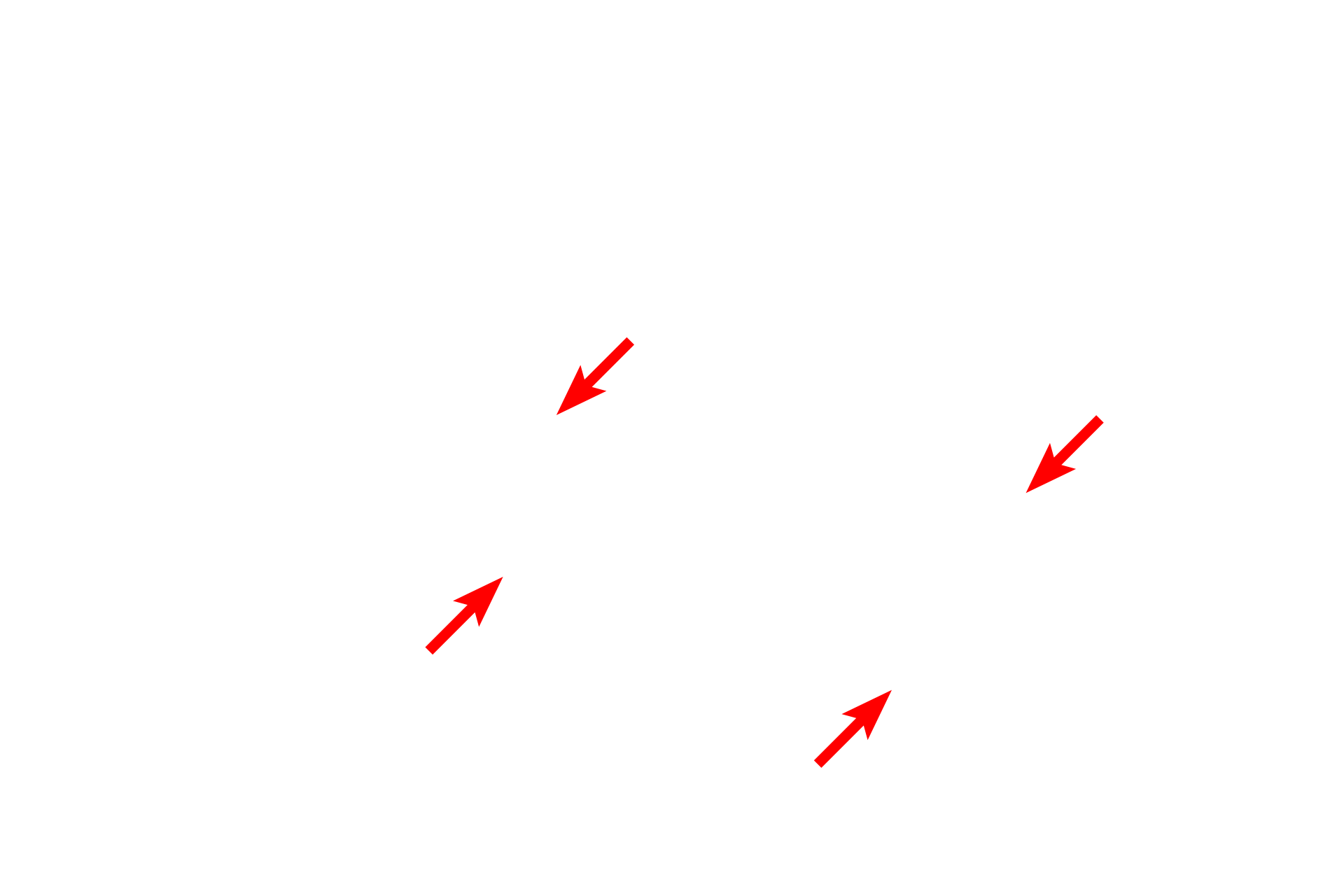
Membranes
Movement of materials across the plasma membrane occurs by: (1) simple diffusion for lipid soluble and small uncharged molecules; (2) active or passive transport via membrane transport proteins; and (3) vesicular transport (endocytosis and exocytosis), which requires readily observable morphological changes in the membrane. Capillary wall 40,000x

Simple squamous cell
Movement of materials across the plasma membrane occurs by: (1) simple diffusion for lipid soluble and small uncharged molecules; (2) active or passive transport via membrane transport proteins; and (3) vesicular transport (endocytosis and exocytosis), which requires readily observable morphological changes in the membrane. Capillary wall 40,000x

- Basal lamina
Movement of materials across the plasma membrane occurs by: (1) simple diffusion for lipid soluble and small uncharged molecules; (2) active or passive transport via membrane transport proteins; and (3) vesicular transport (endocytosis and exocytosis), which requires readily observable morphological changes in the membrane. Capillary wall 40,000x

- Plasma membrane
Movement of materials across the plasma membrane occurs by: (1) simple diffusion for lipid soluble and small uncharged molecules; (2) active or passive transport via membrane transport proteins; and (3) vesicular transport (endocytosis and exocytosis), which requires readily observable morphological changes in the membrane. Capillary wall 40,000x

- Vesicles >
Vesicles are membrane-bound sacs that either form from the plasma membrane to bring materials into a cell or merge with the plasma membrane to release materials from the cell. In addition to this transcellular transport, vesicles also provide transport between cellular organelles.

Endocytosis >
The internalization of material occurs by a process called endocytosis in which extracellular material is captured in a single, membrane-bound structure called a vesicle which is derived from the plasma membrane. The vesicle and its contents are transported into the cell. Endocytosis can occur by a receptor-mediated mechanism or by a nonselective process called pinocytosis.

Exocytosis >
The release of material from a cell (e.g., glandular secretion or transport across an epithelium, as here) occurs by exocytosis in which membrane-bound vesicles migrate to the cell surface, fuse with the plasma membrane and release their contents to the exterior. In addition to the movement of materials, endocytosis and exocytosis are the means by which the cell recycles its plasma membrane.

Loose connective tissue
Movement of materials across the plasma membrane occurs by: (1) simple diffusion for lipid soluble and small uncharged molecules; (2) active or passive transport via membrane transport proteins; and (3) vesicular transport (endocytosis and exocytosis) which requires readily observable morphological changes in the membrane. Capillary wall 40,000x

Capillary lumen
Movement of materials across the plasma membrane occurs by: (1) simple diffusion for lipid soluble and small uncharged molecules; (2) active or passive transport via membrane transport proteins; and (3) vesicular transport (endocytosis and exocytosis) which requires readily observable morphological changes in the membrane. Capillary wall 40,000x